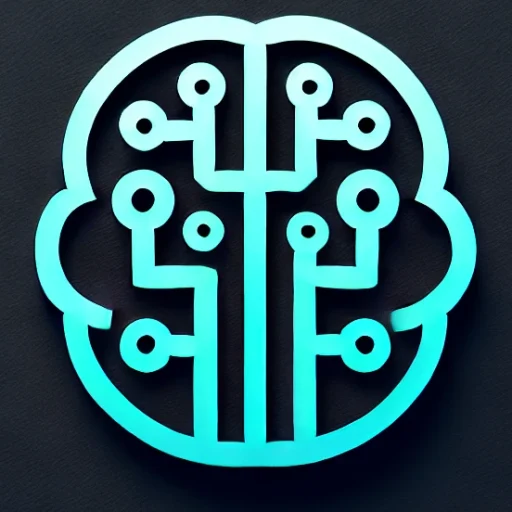
Introduction
In recent years, the landscape of artificial intelligence has been revolutionized by a subset of AI known as Generative AI. This technology, which includes models like OpenAI’s GPT and DALL-E, is redefining how we approach creativity, problem-solving, and interaction with machines. As we delve into the intricacies of Generative AI, it becomes clear that its implications extend far beyond novelty, reshaping industries and redefining the boundaries of human-machine collaboration.
Key Insights & Latest Advancements
Generative AI represents a major leap in machine learning capabilities, driven largely by advancements in neural networks and training methods. Recent iterations, like GPT-4, have shown remarkable proficiency in understanding and generating human-like text, art, and music. These models employ deep learning architectures that enable them to learn and emulate complex patterns found in vast datasets.
One of the most significant breakthroughs is the ability of these models to generate content that is not only coherent but also creative, often indistinguishable from human-created content. This has opened new avenues for generating automated content, personalized marketing campaigns, and even new forms of entertainment and media.
Real-World Applications
The impact of Generative AI is already visible across various sectors:
- Content Creation: In media and journalism, Generative AI aids in drafting articles, creating graphics, and producing video content, significantly reducing production time and costs.
- Healthcare: AI-driven tools are being used to synthesize new drug compounds and design treatment plans by analyzing medical literature and patient data.
- Gaming and Virtual Worlds: Game developers are leveraging AI to create more realistic and dynamic virtual environments, enhancing player experiences.
- Business and Finance: AI models generate financial reports, predict market trends, and automate customer service operations, enhancing efficiency and decision-making.
Challenges & Future Outlook
While Generative AI offers numerous benefits, it also poses significant challenges. Ethical concerns arise from the potential misuse of AI-generated content, such as deepfakes and misinformation. Furthermore, there are ongoing debates about intellectual property rights regarding AI-created works.
From a technical perspective, the computational power and energy demands required to train these massive models are considerable, raising sustainability issues. Moreover, the “black box” nature of these algorithms often leaves users without a clear understanding of how decisions are made.
Looking forward, the future of Generative AI lies in refining these models to improve accuracy, efficiency, and explainability. As researchers focus on creating more transparent and ethical AI frameworks, the potential for these systems to drive innovation across industries seems boundless.
Conclusion
Generative AI is at the forefront of the next wave of technological innovation, transforming how we create, communicate, and solve complex problems. As we navigate this new frontier, it is crucial to balance the immense possibilities with mindful stewardship, ensuring that these powerful tools are employed for the benefit of society. The journey of integrating Generative AI into our daily lives is only beginning, and its transformative impact will likely reverberate across future generations.

